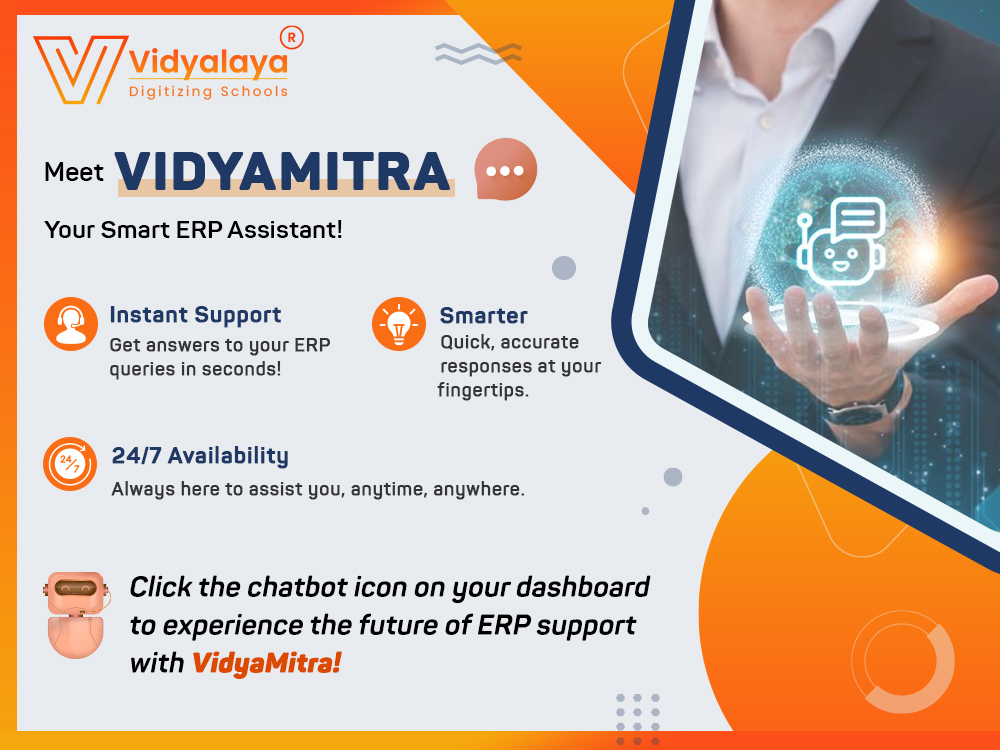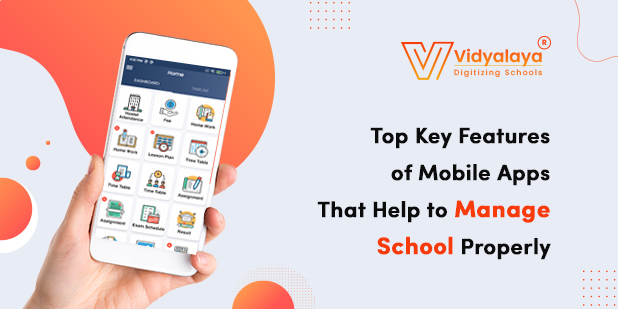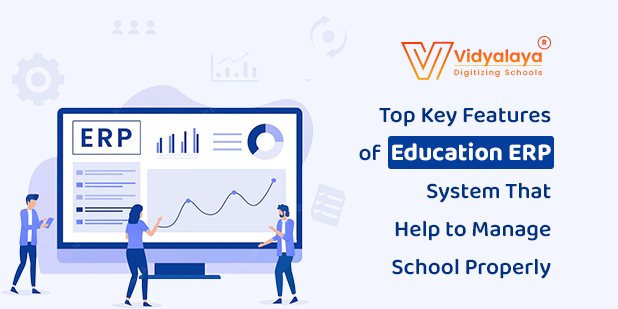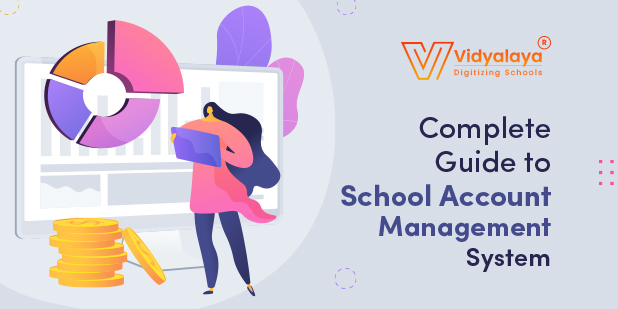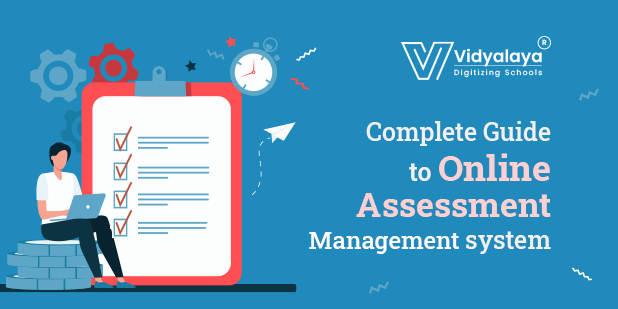Remember the old university offices, where stacks of papers and files were stacked up to form a massive pile? With the advancement of technology, those days are no longer. The total academic system and administration have evolved in this digital-first era. The University Management System is one of the antecedents that has played a critical role in kicking off this key transition.
University management systems automate day-to-day academic and administrative functions, reducing staff’ manual effort and increasing efficiency. It effortlessly interacts with the latest and most popular ed-tech platforms, such as biometric devices, GPS devices, video conferencing platforms, payment gateways, and many more platforms, to improve the campus administration experience. It also connects various departments, making it simple for employees to share information while guaranteeing that data is securely maintained on a major platform. It digitizes communication amongst all stakeholders, including parents, instructors, students, and school employees, and enables them to interact from any device or any place.
Here’s how clever, virtualized University Management System can help you manage your university more effectively:
- Handle university affiliations effectively: A university ERP system would be inadequate without a powerful college affiliations module. This module would allow new colleges to apply for affiliation, renew their affiliation, upload papers and information, register existing colleges, and send alerts from the university to colleges.
- Handle university applications online: A reputable University Admissions ERP will include features such as clear and quick online applications on the university site, system-generated merit lists, and final college admission. This comprehensive and user-friendly online admission module also keeps students up to date on the progress of their applications and efficiently resolves inquiries 24 hours a day, seven days a week, so you can easily fulfill your admissions objectives.
- Exams should be computerized and conducted both in-person and online: The University Examination Management system is an error-free, stable tool for managing tests, and it can help you administer both in-house and online exams in a stress-free environment. The system is flexible and adjustable and can handle large amounts of data. Educational periods, plans, faculty, communication, examination design, courses, subjects, subject grouping, exam ordinances, grace and condonation laws, and more can all be defined in accordance with University rules.
- Become a pro at managing and monitoring your university’s financial affairs: Other systems, such as online payment of fees, stores, hostels, payroll modules, and entries, can be linked to an intelligent and trustworthy Finance module. Sub-modules can be made to manage financial data down to the last detail.
- The most amazing feature of the financial management system is the ability to generate fee reports – daily collection reports, monthly collection reports, summary fees reports, outstanding fees, demand creation, bank-by-bank DD collection reports, and so on – to help you see the big picture while also drilling down to the details if you have a doubt.
- Insightfully manage and encourage your working population: Your ERP’s Human Resource Control System enables smart management of all human resource-related problems, from payroll management to transparent and equitable faculty recruiting to a thorough service book. This software will help you manage employee recruiting, administration, training, and leave management online in a smooth, fair, and compassionate computerized procedure, saving you time and avoiding controversy.
- Become your university’s library the go-to computerized resource center: The library ERP can handle time-consuming and repetitive processes including book procurement, accessioning, payment, cataloging, and unique serial number identification using RFID technology. An Online Public Access Catalogue would be part of a sophisticated library management system. Your children will like going to the library, and you can expect improved learning results as a result of this approach.
- Using a smartphone application, bring all partners together: Parents and students can access personal information, fee updates, class and test schedules, attendance records, library issue-return details, exam results, and more using a mobile-friendly app, which also assists students in getting their questions answered by staff. Because the push-notification tool allows administrators to deliver messages and the essential information to students and parents for free, your university can anticipate saving on SMS and postage/courier/stationery expenditures.
- Using a sophisticated T&P module, provide training and recruitment services: Some ERPs have a T&P module that includes a student and corporate database. The program enables students to keep updating their biographical information, invite businesses for placement, offer additional student lists to businesses operating on their eligibility criteria, promote interviews, unveil selected student lists, proclaim workshops and seminars, and send email or SMS alerts and notices.
- Use the e-learning educational ERP to attend virtual classes: This would be the ideal plugin for enhancing collaboration and ensuring that learning keeps going further than the four corners of the classroom, with a rich range of tools and resources, including the ability to take online tests, a virtual class platform for real-time audio-video communication, assignment sharing, e-library facilities, a virtual board for notices, a discussion forum, and much more.
- Personalized University Management: The degree of customization available is the most important factor to consider. It is not difficult to set up the University Management System, but it must be ensured that the software is capable of integrating all functions onto a single platform. If the university has multiple campuses, the software should offer a unified solution for all of them. You must also be aware of the software’s level of competency and flexibility.
- Empowering Students: One of the main reasons why UMS has become a popular software for university or educational institution management is that it empowers students and helps them enhance their relationships with instructors and other members. Students can get real-time answers to their questions about any topic and take advantage of innovative technology like payment gateways for paying fees and biometrics for registering their attendance. They can also stay up to date on what’s going on on the college campus, such as events and exams, all in one place.
It is a suitable time for universities and educational institutions to grow wiser and implement the University Management Software with the five practical characteristics, at a moment whenever the learning system has already been digitized and teaching methods have been modernized. This technology is no longer a luxury, but rather a need.

